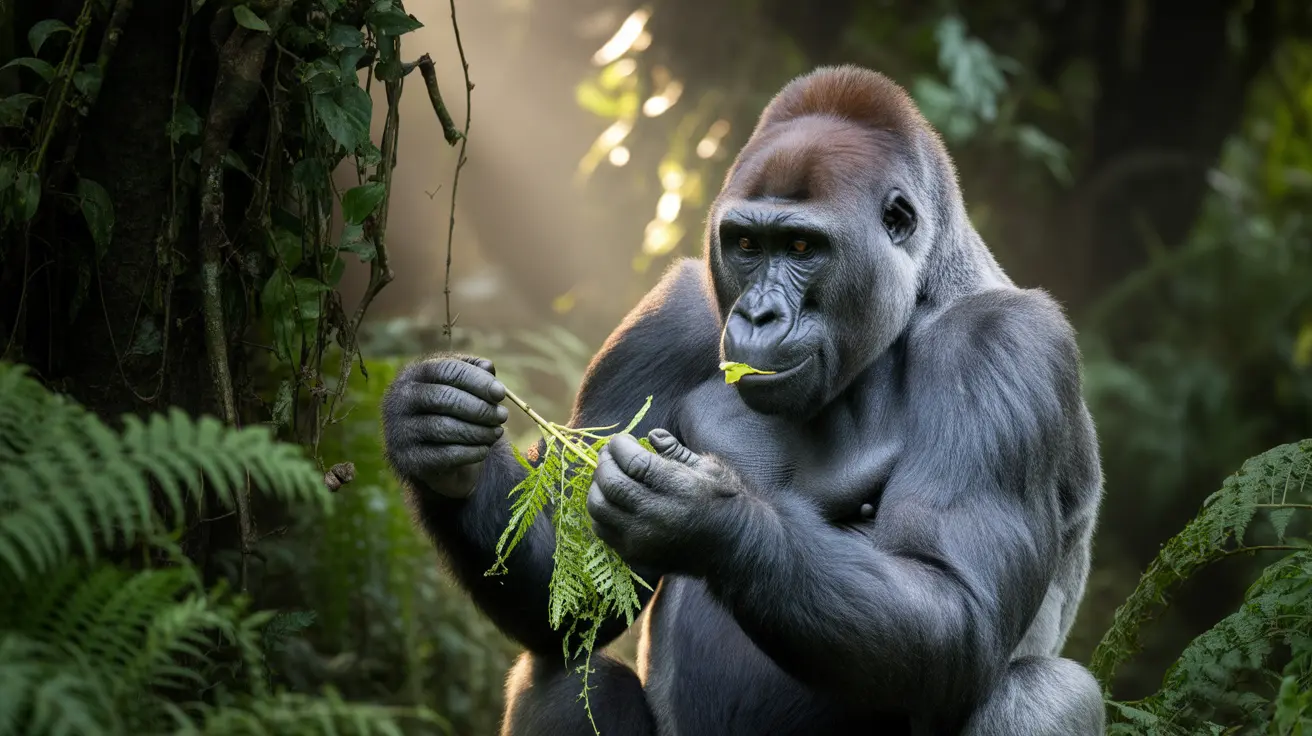The Disney Animal Kingdom community is mourning the loss of Gino, a beloved western lowland gorilla who played a vital role in the park's conservation efforts since its opening in 1998. The 44-year-old great ape, who belonged to a critically endangered species, spent over two decades serving as an ambassador for gorilla conservation and education at the Orlando, Florida theme park.
Gino's presence at Disney Animal Kingdom helped raise awareness about the plight of western lowland gorillas in the wild and contributed to broader conservation initiatives. As a member of one of the world's most threatened primate species, his life in captivity provided valuable insights into gorilla behavior and helped advance protection efforts for his wild counterparts.
A Legacy of Conservation and Education
Throughout his years at Disney Animal Kingdom, Gino served as more than just an attraction. As part of the park's commitment to wildlife preservation, he helped visitors understand the importance of protecting endangered species and their habitats. His presence allowed millions of guests to observe and learn about gorilla social behavior and the significance of conservation efforts.
The Importance of Captive Breeding Programs
While specific details about Gino's offspring are not provided, western lowland gorillas in managed care facilities play a crucial role in maintaining genetic diversity within the species. These programs help ensure the survival of these magnificent primates for future generations, especially as wild populations face mounting challenges.
Challenges Facing Western Lowland Gorillas
Western lowland gorillas in their natural habitat face numerous threats to their survival. These challenges include:
- Habitat loss due to human activities
- The impact of diseases, including Ebola
- Ongoing conservation challenges in their native range
Conservation Success Through Education
Disney Animal Kingdom's gorilla program, which Gino was part of, demonstrates how zoological facilities can contribute to species preservation through public education and awareness. These programs help visitors understand the connection between human activities and wildlife conservation.
The Role of Great Ape Conservation Programs
Modern conservation efforts focus on both protecting wild populations and maintaining healthy groups in managed care. These programs typically involve:
- Studying natural behaviors
- Supporting habitat protection initiatives
- Educating the public about conservation needs
- Participating in Species Survival Plans
Frequently Asked Questions
How long do western lowland gorillas typically live in captivity?
Western lowland gorillas in managed care facilities often live longer than their wild counterparts due to consistent medical care, proper nutrition, and protection from natural threats. While specific lifespans vary, Gino's 44 years demonstrate the success of modern zoological care practices.
What makes western lowland gorillas critically endangered?
Western lowland gorillas are classified as critically endangered due to multiple factors, including habitat destruction, disease outbreaks, and human activities in their native range. Conservation programs in facilities like Disney Animal Kingdom help maintain population numbers and genetic diversity while working to protect wild populations.
How do zoos and theme parks contribute to gorilla conservation?
Facilities like Disney Animal Kingdom contribute to conservation through multiple approaches, including:
- Maintaining genetically diverse populations
- Educating visitors about conservation challenges
- Supporting field conservation efforts
- Conducting behavioral research
- Raising awareness about the importance of protecting endangered species
In conclusion, while the loss of Gino represents a significant moment for Disney Animal Kingdom, his legacy continues through the park's ongoing commitment to western lowland gorilla conservation. His life helped countless visitors understand the importance of protecting these remarkable primates and their natural habitats for future generations.






